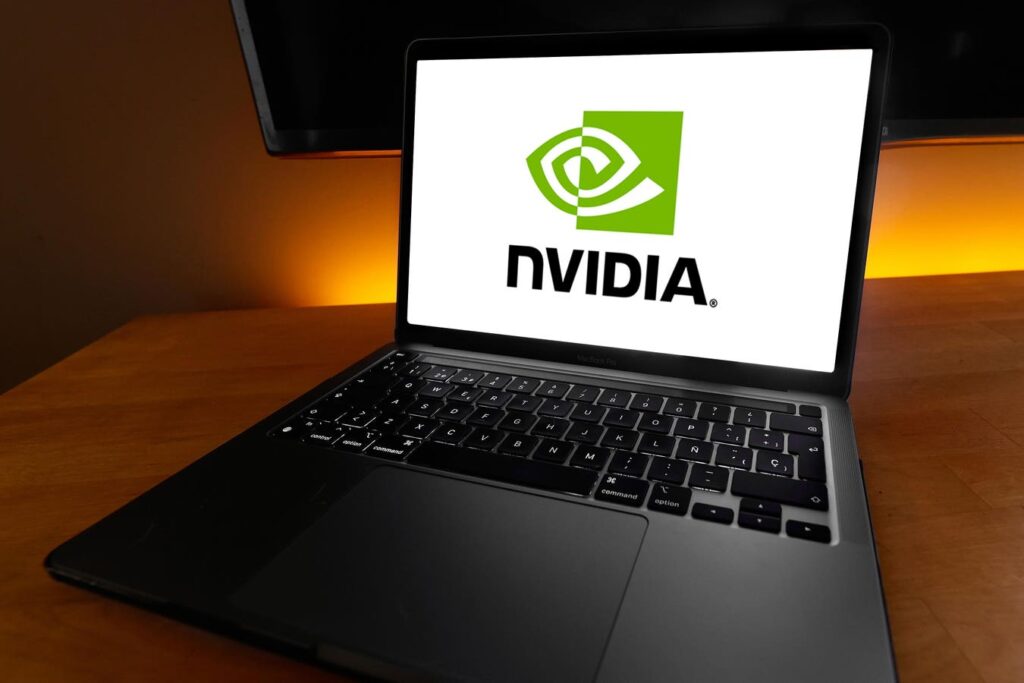Nvidia, the $3 Trillion AI posterchild, is scheduled to report earnings on Wednesday, February 26. The company will likely continue to report robust demand for its products and a compelling outlook. The stock is likely to pop – per our data on how Nvidia reacts post earnings.
However, there is a larger risk to the US economy, worth factoring right now.
What is that?
Inflation fears have subsided, but not extinguished. If anything, Trump’s bold moves on tariffs and immigration have stoked fears of an inflation restart. All of this means the US economy could hit a rough spot, and even worse, hit a recession – our analysis here on the macro picture, and below we describe what it could mean for Nvidia.
When you factor in a higher geopolitical uncertainty due to bold moves from the new Trump administration – these are critical risks. After all, trade is uncertain, and everyone – including Canada, Mexico, and Europe – longtime allies are now called to the negotiating table. There is a range of possible outcomes. Separately, curious about Nvidia’s upcoming earnings? See our analysis: – Nvidia To Surge 20% With Earnings? This analysis presents a different scenario. Indeed, we believe this broad range of upside and downside potential represents a simple fact, that Nvidia is a pretty volatile stock.
Learn more about Trefis RV strategy that has outperformed its all-cap stocks benchmark (combination of all 3, the S&P 500, S&P mid-cap, and Russell 2000), to produce strong returns for investors. Separately, if you want upside with a smoother ride than an individual stock like NVIDIA, consider the High Quality portfolio, which has outperformed the S&P, and clocked >91% returns since inception.
How resilient is NVDA stock during a downturn?
NVDA stock has fared worse than the benchmark S&P 500 index during the last 3 economic downturns. Worried about the impact of a market crash on NVDA stock? Our dashboard How Low Can NVIDIA Stock Go In A Market Crash? has a detailed analysis of how the stock performed during and after previous market crashes.
Inflation Shock (Jan 2022 to May 2023)
• NVDA stock fell 66% from a high of $33 on 19 November 2021 to $11 on 14 October 2022, vs. a peak-to-trough decline of 25% for the S&P 500
• The stock fully recovered to its pre-inflation shock peak by 25 May 2023 – taking 154 days to recover while the S&P 500 took 317 days
• Since then, the stock has increased to a high of $149.43 on 6 January 2025 and currently trades at around $135.
COVID Recession (February to April 2020)
• NVDA stock fell 37.6% from a high of $7.83 on 19 February 2020 to $4.89 on 16 March 2020, vs. a peak-to-trough decline of 33.9% for the S&P 500
• The stock fully recovered to its pre-Covid peak by 11 May 2020 – taking 56 days to recover while the S&P 500 took 148 days.
Great Recession (December 2007 to June 2009)
• During the 2007-09 recession, NVDA stock fell from a peak value of $0.91 on 17 October 2007 to $0.14 on 20 November 2008 a decline of 85.1% (vs. a peak-to-trough decline of 56.8% for the S&P 500)
• However, the stock fully recovered to its pre-recession peak by 27 April 2016 – taking 2715 days to recoup its losses vs. the 1480 days taken by the S&P 500 to recover.
Not too happy about the volatile nature of NVDA stock? The Trefis High Quality (HQ) Portfolio, with a collection of 30 stocks, has a track record of comfortably outperforming the S&P 500 over the last 4-year period. Why is that? As a group, HQ Portfolio stocks provided better returns with less risk versus the benchmark index; less of a roller-coaster ride as evident in HQ Portfolio performance metrics.
Invest with Trefis
Market Beating Portfolios | Rules-Based Wealth
Read the full article here


